How to lose belly fat in an effective way!
Losing belly fat and getting rid of bloating can be such a struggle. In fact, for many of us, our belly is the last place that ‘goes’ as we begin to lose weight. We could be losing inches from our thighs, arms and shed weight around our neck and face before we see the inches begin to shrink around our waistline.
Not seeing instant results can lead to frustration, so you need to keep in mind that just because you may not see the inches go from your waistline, it doesn’t mean you are failing in your weight-loss goals. Weight will come off evenly, for the most part, meaning that you’ll see a reduction in overall weight all over your body rather than just in one place.
If you focus only on one area of the body, you’ll still end up losing weight from head-to-toe! This is a great thing because you’ll end up with an even weight loss and a better, leaner frame.
That being said, incorporating core-based exercises into your weight-loss routine that specifically focuses on the major groups of muscles will definitely help you burn more fat. The bigger those muscle groups are, the more fuel they need (fuel being calories), which will lead to rapid weight loss.
Things you’ll want to avoid when focusing on getting that flatter stomach:
Tip #1: You Booze, You Lose!
You may enjoy a few glasses of wine with dinner every night not realizing that these sugary calories can stack up, throwing your system off-balancing and knocking you off track in your weight loss journey.
Our livers process the alcohol before they work on breaking down protein and carbs, which means that alcohol itself slows down your body’s overall fat-burning ability.
But hold on! Don’t panic and start pouring that bottle of chardonnay down the drain just yet. You can still enjoy one glass a day without an adverse effect on your fat-burning process. To be safe, stick with 12 ounces of beer, a single wine (5 oz.) or some spirits (1 oz.) with a low-calorie mixer. Red wine also contains fewer carbs and sugar content than white wine so enjoy that glass of Pinot Noir!
Tip #2: Muscles, Metabolism, Calories, and Cardio
The more muscle you have, the faster your metabolism will work. Muscle beats fat when it comes to overall metabolic activity. This also means that the more muscle you have, the more calories you can eat and burn all day.
For example, a woman that is 5’4”, 150lbs, has 22% body fat, lifts weights and does cardio 4-5 days a week can eat 2,500+calories per day.
That’s more than a woman who is 150lbs, 30% body fat and sedentary 7 days a week. The second woman can only eat around 1,600+ calories.
Each woman requires a different caloric intake due to their size, activity and body fat percentage. The woman with less body fat and more muscle needs more energy (calories) to maintain her body. Resistance training can be your friend in building lean muscle.
Tip #3: Take a Chill Pill
Weight loss pills and other items are usually never as effective as a good diet and exercise regime. When you want to lose that stubborn fat the best pill to take is a chill pill! The anxiety and stress you may feel from your daily life can cause extra cortisol to be produced in your brain. This hormone only encourages your body to store more fat, especially in the abdomen.
Take time out of your day to simply relax whether it’s a few minutes of calm meditation in the morning or a quiet cup of coffee. Work on allowing yourself to not be too overwhelmed and stressed. I know, easier said than done at times but the more you focus on letting go of stress, the easier it will be to condition your body not to hold onto that excess weight.
Tip #4: Eat and Drink More!
You should be very careful about how many calories you cut when you are focusing on a calorie deficit. If you are uncertain about how much you should be eating, you can use a Total Daily Energy Expenditure calculator.
Here’s a free one: https://tdeecalculator.net/ A TDEE calculator can give you an idea (based on your height, age, weight, and other factors) of the number of calories you need to eat to maintain your current body weight. When you have that number, you can decide how many calories you should cut per day.
Cutting 500 calories from your daily diet is usually fine, but cutting 1,000 or more too quickly can wreak havoc on your metabolism and cause you to be fatigued and light-headed. While drastically cutting calories can lead to faster weight loss, if you go back to your old style of eating, you’ll see all that weight pack back.
It’s always better to slowly and surely reduce your calorie intake, replacing empty calorie foods with ones that are full of nutrients. Those foods will leave you feeling full for a longer period of time as well.
And don’t overlook the importance of staying hydrated!
Drinking more water is a great way to stay hydrated, have clearer skin, and keep your body operating at its peak performance. Get yourself a water bottle and keep it filled up. It might mean a few extra trips to the restroom while you’re at work but you will also see the scale tip in your favor. Drinking more water also helps to flush out extra water weight and rids your body of toxins that can impede your weight loss.
Tip #5: Green Tea Time
Plenty of studies have shown that the antioxidant epigallocatechin gallate (EGCG) found in green tea helps to boost your metabolism and also targets belly fat. Make a few cups during the week or swap your morning coffee for tea.

Tip #6: Workout Wise
A big mistake that newbies make in the gym involves constantly working out their abdominal muscles to get the abs they want. Have you heard the term ‘Abs are made in the kitchen.”? It’s true! Your sit-ups, v-sits, hanging leg raises, crunch and tucks won’t do much if you still have a lot of fat to lose.
Consider abdominal training as a sculpting move once you’ve rid yourself of most of your belly fat.
Also, focus on your whole body with compound moves and weight lifting workouts that use bigger muscle groups. Ab workouts shouldn’t take up most your gym session.
Tip #7: Be Aware of Sugar and Labels
Sugar is in practically everything that we eat. It’s usually tucked into processed foods like yogurt, salad dressing, reduced fat ice cream, and other treats and snacks. The average American consumes about 20 teaspoons of sugar during their day – usually unaware – as the sugar is packed inside their processed meals.
This can add hundreds of empty calories to your diet without you even realizing it!
Sugar intake causes your insulin production to spike, which can then slow down your metabolic rate and make it hard to burn more calories. A good way to avoid excess sugar is by not buying as much processed foods. Try making your meals from whole foods instead.
Another way to be sure you are eating right, so less sugar and hitting your calorie goals, is to pay attention to labels. When you are working on eating the correct portions and counting calories you don’t want to get into a spot where you are eating more than you think you are and essentially self-sabotaging your weight-loss goals. Labels, especially on processed foods, can be inaccurate or very misleading. Take the time to measure your food on a food scale to be sure that you are eating the right amount.

Tip #8: Do It All or Not at All
When you’re new to the gym it can be daunting. However, as you get more comfortable and confident in your daily routine, make sure that you’re focusing on what matters most.
Make the most of your gym time by focusing on compound movements that work your whole body, such as squats or lunges. If you spend too much time working on isolated muscles, you won’t be burning as many calories as you would if you focus on a complete body workout.
Tip #9: Plan Your Meals
When it comes to cutting down inflammation and bloating, you need to think ahead of what you eat. If you know that certain foods might cause you to bloat, skip them!
If you are planning a weekend away and want to look your best, stick with proteins and things like leafy greens. Having a lighter dinner that’s packed with vegetables and protein can help to cut down on the chance that you’ll be holding onto belly-bloating water in the morning.
Tip #10: Food Diary and a Food Scale
One great way to be sure that you are keeping on track is to journal your food intake. It’s very easy to let a few hundred extra calories slip in if you have had a busy day haven’t paid attention to what you put in your mouth. If you are a fan of pen and paper, go the old-fashioned route and write everything down. Otherwise you can track on mobile with apps like MyFitnessPal.
Tracking your calories during the day can be an eye-opener for those of us who aren’t being as regimented as we thought we were. In addition, being diligent about tracking your calorie intake will also help you identify just how much carb-creeping can happen when you sample this, take a bite out of that, etc.
Careful food planning and calorie and carb tracking can also be the push you need to lose that last ten pounds even though you thought you were doing all that you could. When it comes to losing weight, and getting those toned abs you have always wanted, a food scale can be your best friend. It’s a great way to accurately measure your food before you eat it and be sure that you are staying on track.
Fatty Vs Fat-Healthy Foods
What’s better than butter? Or sugary treats? It’s hard to say no to some of our favorite foods, especially for the long-haul. You likely have a good idea of what foods you shouldn’t be eating in excess (donuts, ice cream, chocolate bars, candy etc.). They’re all the obvious “evils” when it comes to shedding weight and losing that stubborn belly fat.
When you are aiming to lose weight, you’ll obviously want to focus on incorporating healthy foods into your daily routine, while minimizing high-calorie, high-sugar treats. So, the title for this chapter might seem like a juxtaposition.
How can food be “fat-healthy”?
This is where low carb diets come into play. With a diet such as LCHF (low carb high fat), you are incorporating healthy fats into your diet rather than high-calorie fats.
This includes fats like fish, cheese, avocado, and oils like olive, coconut, and flaxseed.
These are all great foods for helping our body get into ketosis, which is when your system is in high-fat burning mode. To get into ketosis, you need to drastically minimize the number of carbs you eat and increase the level of healthy fats.
A low carb diet can be one of the fastest ways to shed weight. In fact, many people have lost up to 15 pounds a month while on a low carb, keto diet! It’s a great way to kick start your progress without having to focus on heavy workout routines as well. Once you reach your goals, you’ll be able to stay on track by focusing on your maintenance calorie amount (remember that TDEE calculator?).
That maintenance calorie amount will be much higher than your calorie deficit. So, once you’ve reached your goals, you’ll be able to introduce some of the treats you love into your diet, in moderation, of course!
If you aren’t interested in following a low carb diet, you’ll want to at least understand the foods that are typically considered healthy, yet could be adding to your waistline.
This includes:
Whole Grains
Most everyone loves a nice bowl of spaghetti with a glass of wine. Portion control is key when you eat pasta, bread, or rice. Be vigilant that you are weighing out the serving sizes; they’re probably much smaller than you think!
Fruit
Fruit has been debated over for years in the health and fitness community. Is it good for you? Is it bad for you? Fruit is jam-packed full of minerals, vitamins, antioxidants and carbs that fight disease, provide energy and do many ‘behind the scenes’ activities once eaten.
However, the reason it’s so tasty is because it’s also packed with sugar. The debate will continue to rage about whether fruit sugar is ‘bad’ or ‘good’ sugar (think apple vs snickers bar). The thing you should note is that sugar ultimately gets stored as fat. Stick to only a few servings of fruit a day to be safe.
Nuts
Whether it’s a nut butter or the nut itself, treat all the peanuts and tree nuts your encounter with caution. A ¼ cup of nuts (peanuts, cashews, almonds etc.) usually runs between 130-190 calories. It’s very easy to overdo it when you have a trail mix or nut mix in your house.
Dark Chocolate
How delicious is a bar of dark chocolate? So, you admit you have eaten a whole bar?! We, chocolate lovers, have been there! Eating a single square like the packaging suggests can be difficult.
However, try sticking with individually wrapped servings of chocolate that’s 70% dark or darker. That’s where you’ll get great portion control and lots of healthy antioxidants without the extra calories.
Olive Oil
Cooking with olive oil can bring out so many delicious flavors and make a meal great. Yet, you should be very careful and measure how much you use.
One tablespoon of olive oil contains 120 calories and if you are pouring it into the pan, you can easily triple that number. Measure when cooking and be sure that you are using an oil mister if you are putting it on your salad. Otherwise, enjoy the benefits of heart healthy fat!
Hummus
Hummus dip can be delicious and a great way to dress up plain crackers. It’s easy to make and can be infused with many different ingredients (roasted red peppers, basil, pine nuts etc.). It’s also a great source of protein, fiber, iron and calcium. However, it’s also packed with calories.
Two tablespoons equate to 50 calories. Not many people can stop at two tablespoons and soon enough they’ve eaten 250 calories worth with pita chips and have blown the day’s caloric deficit!
Fat Burning Foods
Fat burning foods are those that help to increase your metabolism and help you shed that belly fat. Let’s go over a few that are great for getting rid of that excess weight quickly.
Fish
Fish is great for you and delicious. Fish such as mackerel, sardines, haddock, herring, and salmon contain a ton of omega-3 fatty acids. Omega-3 has been shown to not only help with fat loss but work on decreasing your risk of heart disease.
Coffee
Habitual coffee drinkers, rejoice! While the beans themselves may not be beneficial, the caffeine that you consume with a cup can be quite helpful. It can increase your metabolic rate and get you energized to get through your workout all while helping you to continue burning fat.
Eggs
Eggs can be perfect for stopping your hunger and keeping you full long after breakfast due to their high protein. People used to avoid eggs due to their supposedly high cholesterol but more recent studies have shown that eggs can help to protect your heart and decrease the risk of heart disease. Their protein-packed punch will boost your body’s calorie-burning during digestion too.
Apple Cider Vinegar
ACV has been around forever and has been the topic of many wives’ tales throughout the years. It’s been shown to not only reduce appetite and lower blood sugar levels but play a part in fat loss. The acetic acid in ACV works to increase your body’s fat-burning and work on shrinking your waist. Try a tablespoon diluted in water twice a day.
Consumption of less food
The most successful food for fat burning is the consumption of less food. It can’t be debated that Calories In, Calories Out (CICO) is the most effective fat loss tool. You now know which healthy foods to be wary of and which foods can aid in fat burning. Moving forward, you need to focus on a calorie deficit through portion control, food tracking and the right food choices! Next, let’s talk about those sure-fire moves in the gym that will help you build your core muscles and reveal beautiful abdominals after weeks of hard work and correct dieting.
Belly Fat Burning Workouts
When it comes to toned abs, your biggest challenge will involve exercising your discipline and willpower involving food and maintaining a consistent workout routine. Two things that cause anyone to put on weight is excess calorie consumption and inactivity so you’ll need to switch things up so you can get that flat belly you’ve always wanted.
If you eat less and move more you’re going to see the fat falling off your body. It’s as simple as that. Spend time in the gym strengthening your core with compound moves like squats, lunges, planks and cable chops.
Here are a few ways to get started:
Total Body Workouts
When it comes to core building, you don’t want to get stuck in a rut of just doing one or two exercises that only work on one plane of movement (left/right, up/down). Instead, you’ll want to do exercises that turn, twist and move your core in every direction (medicine ball throws, ab wheels, hanging leg raises, etc.)
Small Ab Focused Routines
The most annoying thing about spending hours working on your abs is that you don’t see results. This is because your body fat absolutely dictates how and if your abs can be seen. A toned stomach is all about your fat content and your core strength.
When you don’t have time to do a full-body workout be sure to spend about 10 minutes of your workout doing core strengthening exercises. Even though it may be months until you lose enough fat to see your abs, you won’t want to avoid training them.
Ab Circuits
If you lead a busy life and are truly pressed for time throughout your day, you’ll want to be sure that you fit in a few ab circuits in the morning or when you can spare a few minutes.
You might not be able to spend an hour at the gym four or five times a week but a quick circuit in your living room or bedroom won’t require equipment. Try things like bicycle crunches, plank walk-ups and mountain climbers to get your heart racing and your abs working overtime.
Burpees
Burpees are one of the best exercises for strengthening your core and working all the major muscle groups. In fact, with a burpee, which includes moving from a push-up position to a jump and backs up to a push-up position, you’re working every single muscle in your body!
According to the American College of Sports Medicine, doing just 10 fast-paced reps can be just as effective at ramping up your metabolism as a 30-second sprint!
Here’s how to do a burpee:
Begin by standing with your feet positioned shoulder-width apart. Lower your body until your palms rest on the floor about shoulder-width apart. Kick your legs back into a push-up position, perform a push-up, and then quickly reverse the movement and perform a jump when you stand. That’s 1 complete rep.
Mountain Climber
A mountain climber begins with an ab crunch where you bring one knee into your chest. Mountain climbers work to develop a toned core, improve balance, and will burn a ton of calories. It also builds core stability.
Here’s how to do a mountain climber:
Start in a high plank position, hands placed below your shoulders and your body positioned in a straight line. Make sure your neck stays in line with your body for the correct posture.
Quickly draw your right knee into your chest and extend the leg back out as you drive your left knee up to your chest. Repeat this movement as quickly as possible, switching from drawing your right knee in, then your left knee.
Here are a few ways to get started:
Total Body Workouts
When it comes to core building, you don’t want to get stuck in a rut of just doing one or two exercises that only work on one plane of movement (left/right, up/down). Instead, you’ll want to do exercises that turn, twist and move your core in every direction (medicine ball throws, ab wheels, hanging leg raises, etc.)
Small Ab Focused Routines
The most annoying thing about spending hours working on your abs is that you don’t see results. This is because your body fat absolutely dictates how and if your abs can be seen. A toned stomach is all about your fat content and your core strength.
When you don’t have time to do a full-body workout be sure to spend about 10 minutes of your workout doing core strengthening exercises. Even though it may be months until you lose enough fat to see your abs, you won’t want to avoid training them.
Ab Circuits
If you lead a busy life and are truly pressed for time throughout your day, you’ll want to be sure that you fit in a few ab circuits in the morning or when you can spare a few minutes.
You might not be able to spend an hour at the gym four or five times a week but a quick circuit in your living room or bedroom won’t require equipment. Try things like bicycle crunches, plank walk-ups and mountain climbers to get your heart racing and your abs working overtime.
Burpees
Burpees are one of the best exercises for strengthening your core and working all the major muscle groups. In fact, with a burpee, which includes moving from a push-up position to a jump and backs up to a push-up position, you’re working every single muscle in your body!
According to the American College of Sports Medicine, doing just 10 fast-paced reps can be just as effective at ramping up your metabolism as a 30-second sprint!
Here’s how to do a burpee:
Begin by standing with your feet positioned shoulder-width apart. Lower your body until your palms rest on the floor about shoulder-width apart. Kick your legs back into a push-up position, perform a push-up, and then quickly reverse the movement and perform a jump when you stand. That’s 1 complete rep.
Mountain Climber
A mountain climber begins with an ab crunch where you bring one knee into your chest. Mountain climbers work to develop a toned core, improve balance, and will burn a ton of calories. It also builds core stability.
Here’s how to do a mountain climber:
Start in a high plank position, hands placed below your shoulders and your body positioned in a straight line. Make sure your neck stays in line with your body for the correct posture.
Quickly draw your right knee into your chest and extend the leg back out as you drive your left knee up to your chest. Repeat this movement as quickly as possible, switching from drawing your right knee in, then your left knee.
Final Words
You now have the information you need to start on your journey towards a leaner body and a flat stomach. Toned abs are a badge of honor; they demonstrate how hard you’ve worked to get into shape and how much dedication and commitment you’ve put into becoming healthier.
Begin by creating a meal plan that aligns with staying within your daily calorie allotment. Plan out your meals for the week in advance so you can minimize carb creeping and stay on track.
Keep a food and workout diary to document your progress and reward yourself when you reach milestones.
Weigh your food so you can stay on track and ensure you’re eating the correct portion size.
Stay hydrated to avoid bloating, improve workout performance, and better control your appetite.
And most importantly, stay focused and don’t get discouraged! Decide on a series of small goals and work towards improving your diet and incorporating more movement into your day. Small changes can yield incredible results.
Use the free healthy habits journal to help you on your journey to a healthier lifestyle!!
You can do this!
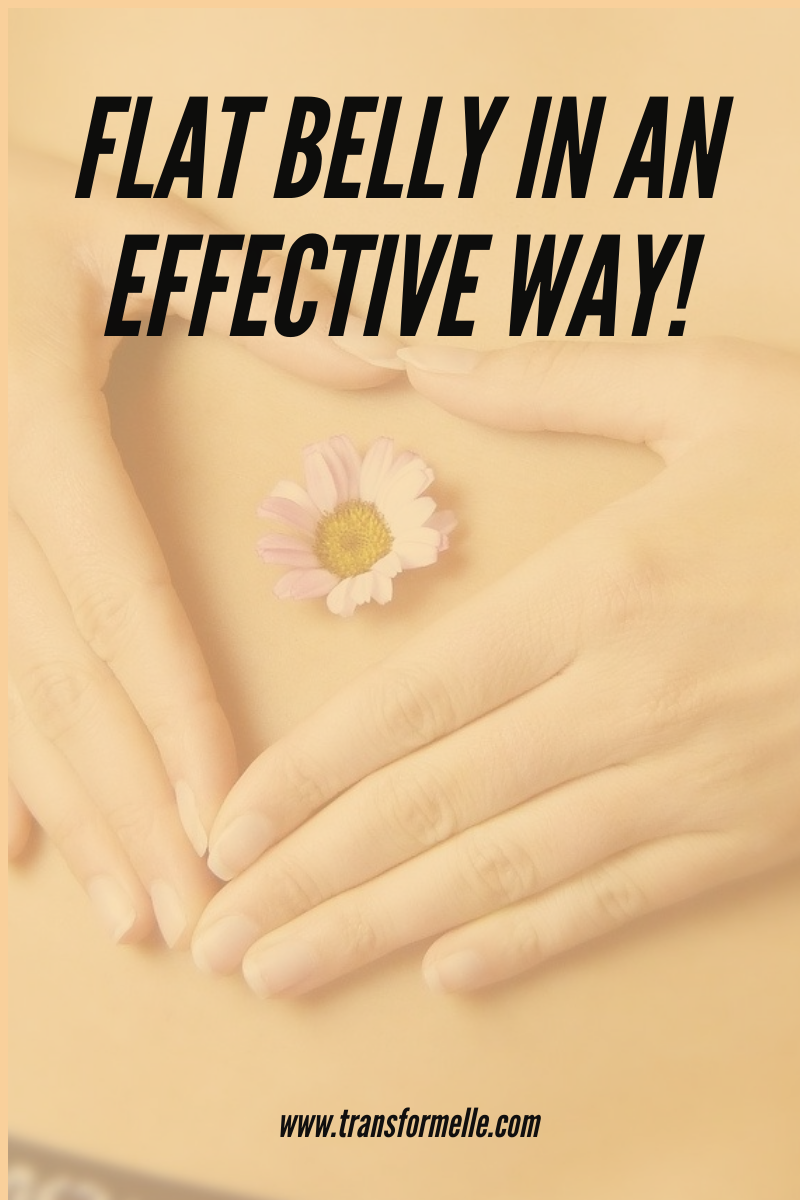
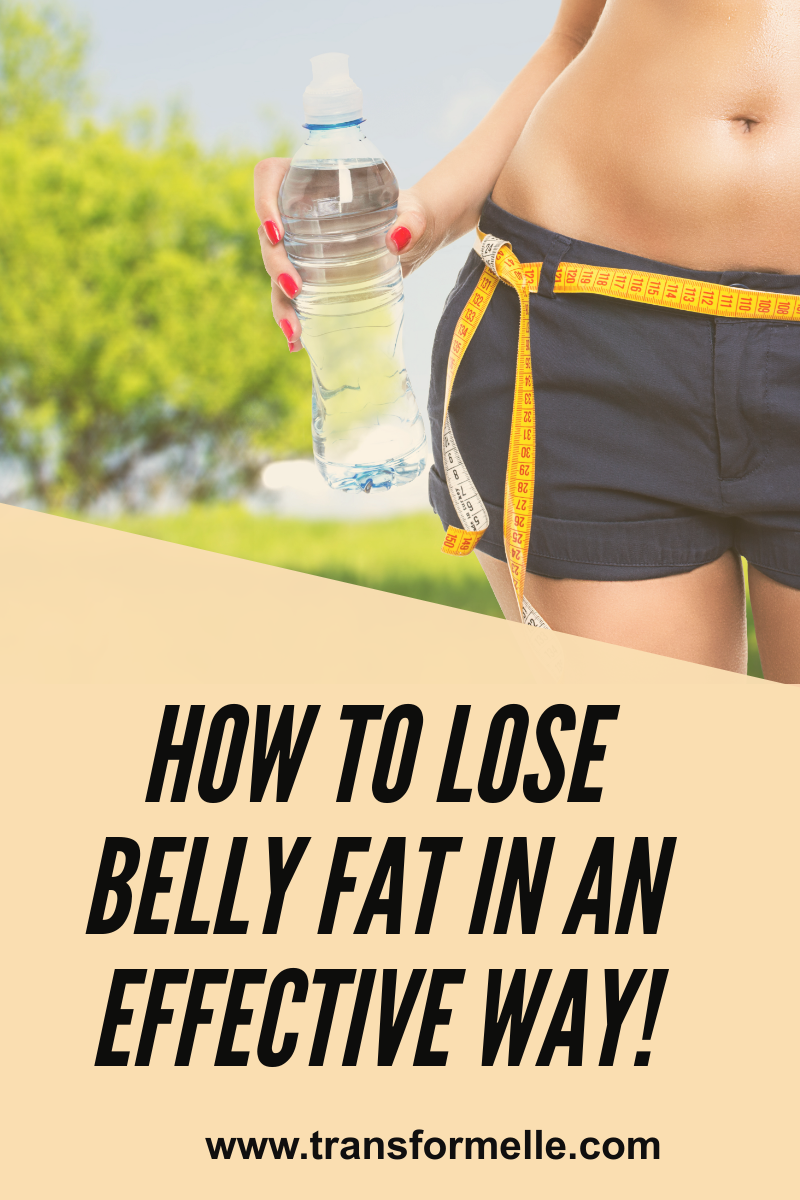


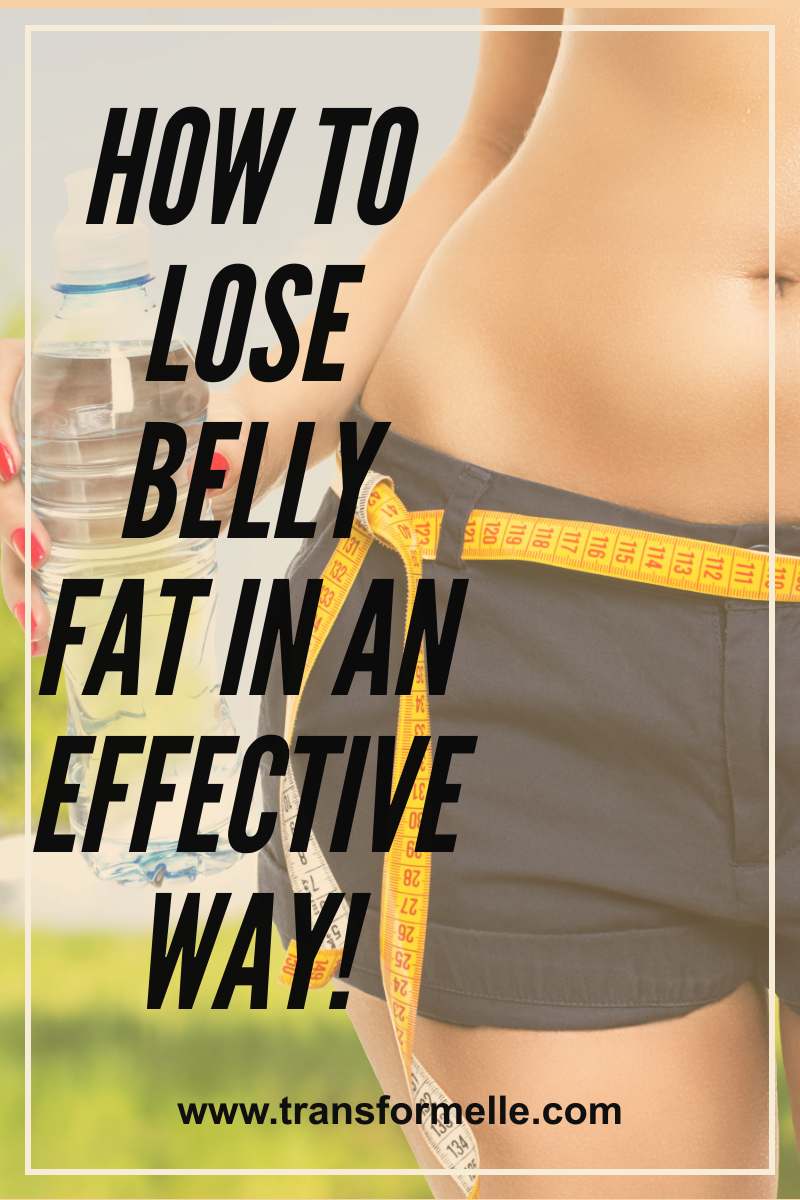
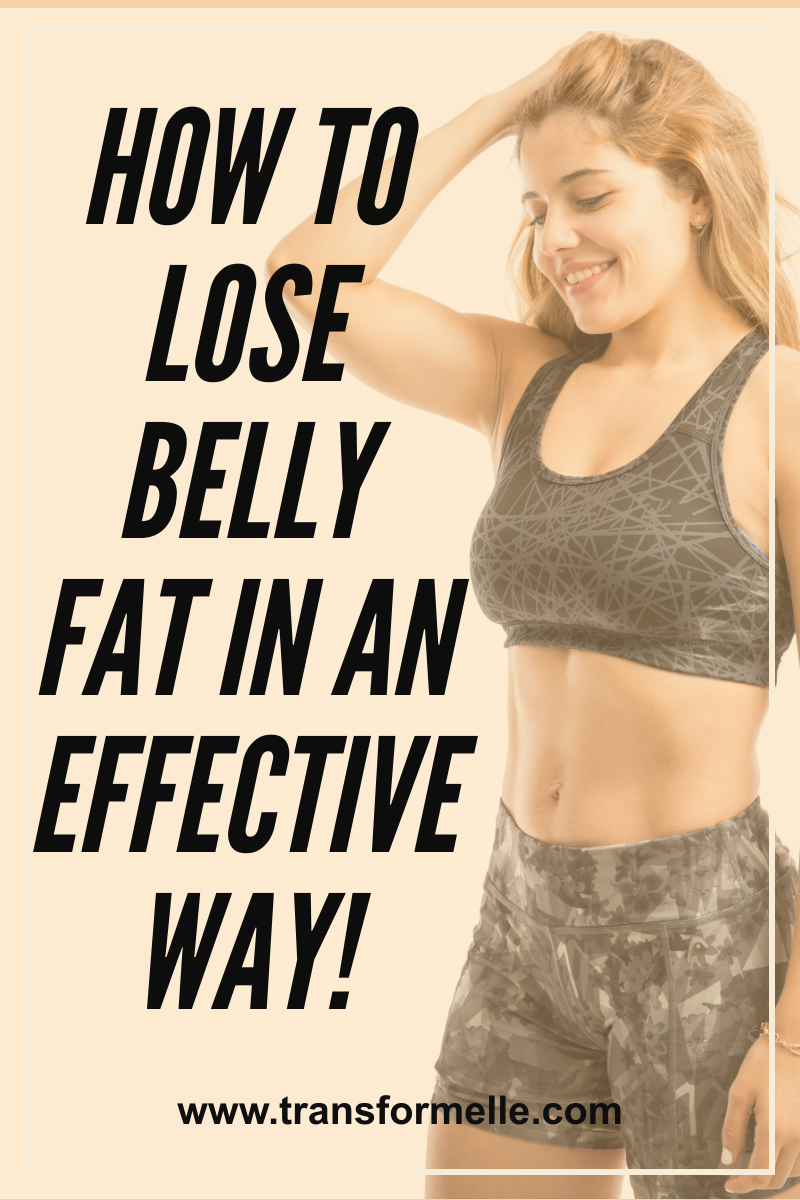
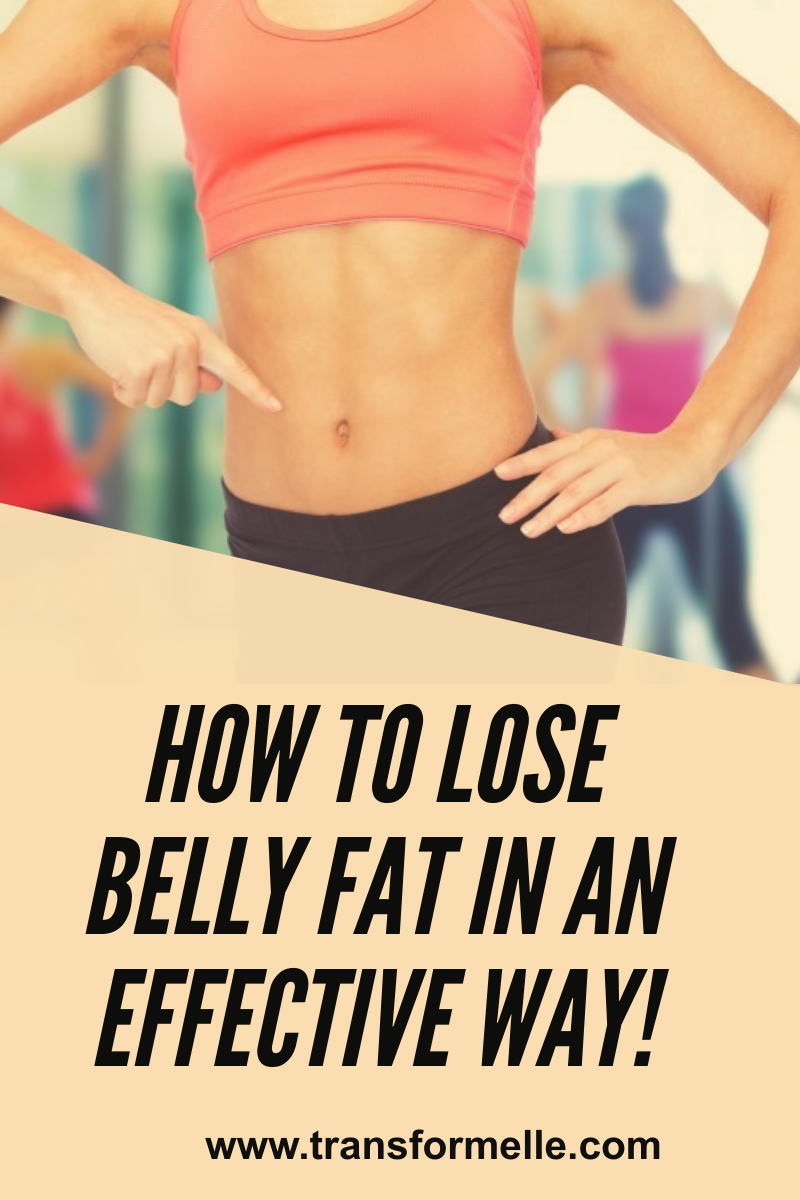



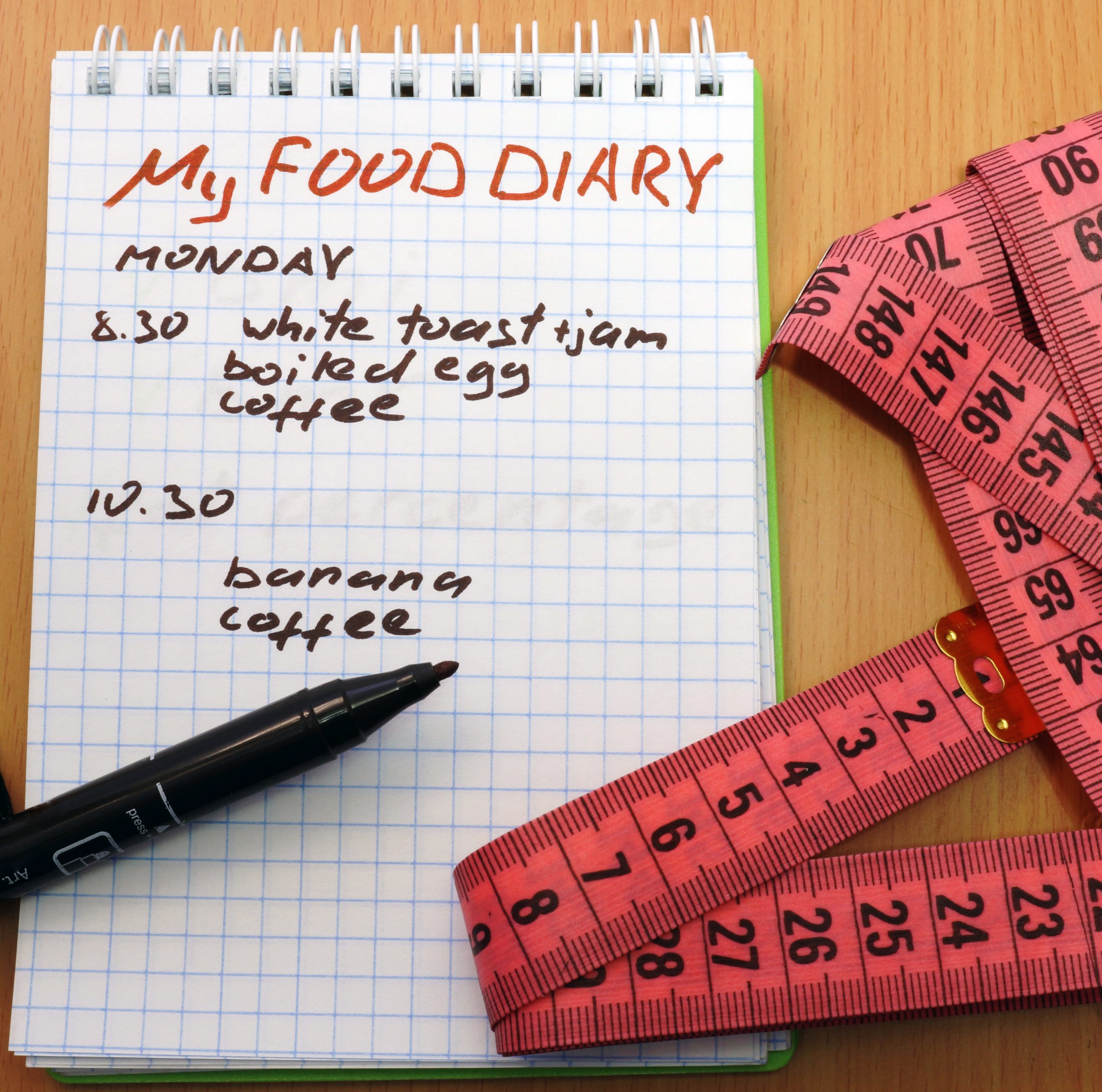
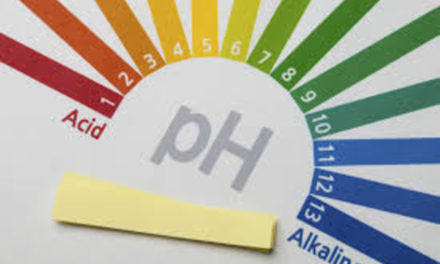


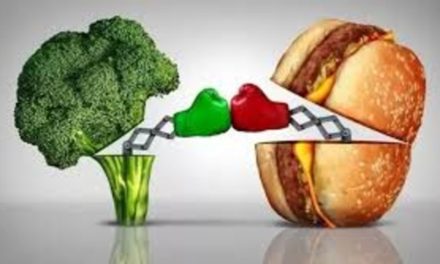
0 Comments